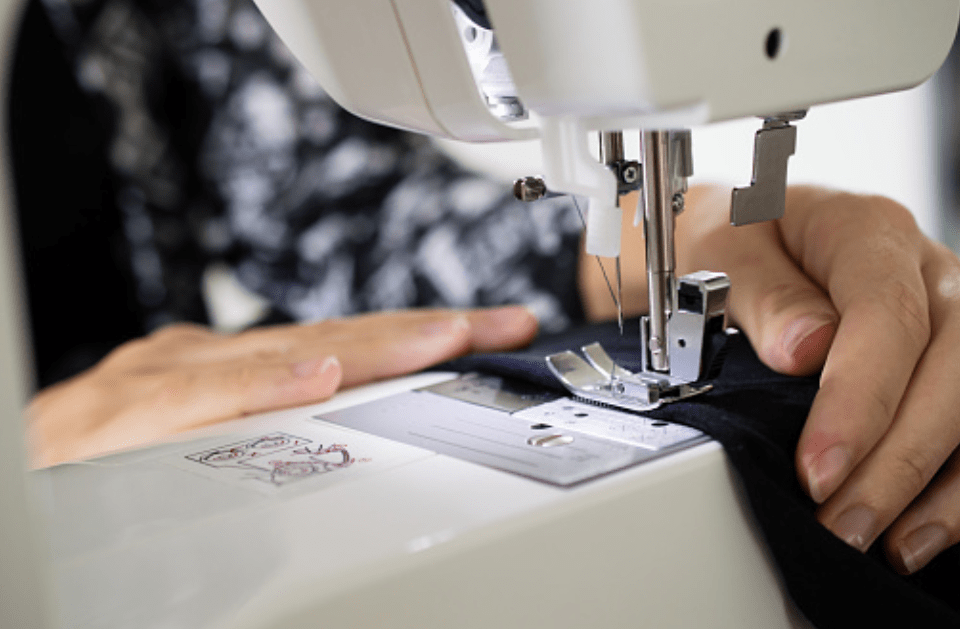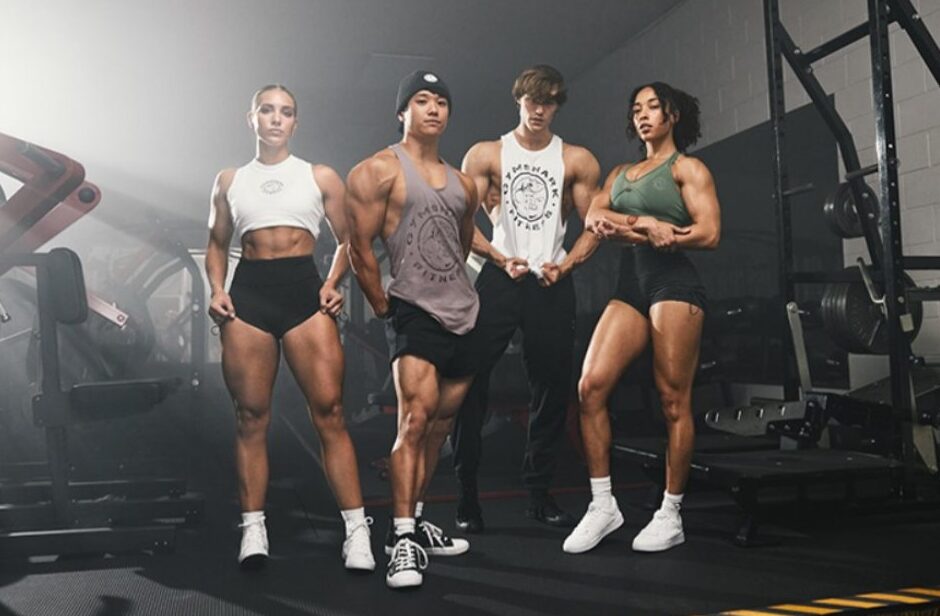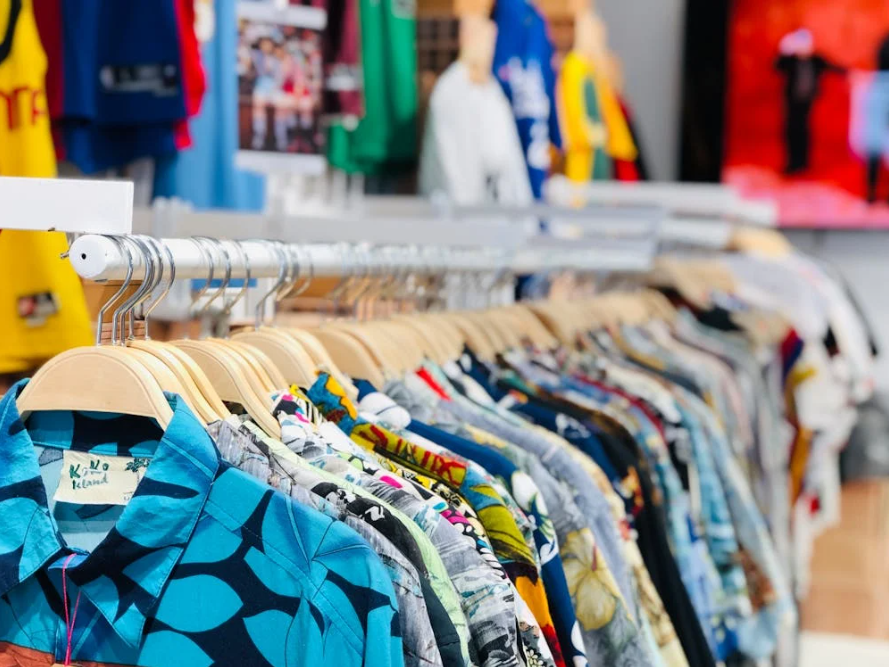
Introduction
Hook: The Growing Trend of Eco-Conscious Consumerism
In an era where eco-conscious consumerism is more than a trend—it's a movement—shoppers are increasingly mindful of their environmental impact. As consumers seek out sustainable options, hemp clothing emerges as a superior choice, combining ecological benefits with practicality and style.
Introduction to Hemp Clothing
Hemp clothing has been gaining momentum as a sustainable alternative in the fashion industry. Derived from the Cannabis sativa plant, hemp is an incredibly versatile and eco-friendly material that has been utilized for centuries.
Thesis Statement: Why Hemp Clothing Stands Out
Why does hemp clothing stand out as the best choice for eco-conscious consumers? It's simple: hemp offers a trifecta of benefits—sustainability, durability, and comfort—making it the optimal fabric for those looking to make a positive impact on the planet.
The Environmental Impact of the Fashion Industry
Overview of the Fashion Industry’s Environmental Footprint
The fashion industry is notorious for its significant environmental footprint. From extensive water usage to the release of harmful chemicals, the conventional production of fabrics like cotton and synthetic fibers contributes heavily to pollution and resource depletion.
Problems with Conventional Fabrics
Cotton, while natural, requires immense amounts of water and pesticides, leading to soil degradation and water contamination. On the other hand, synthetic fibers such as polyester and nylon are derived from petroleum, contributing to microplastic pollution and requiring high energy consumption during production.
What is Hemp?
Definition and Origin of Hemp
Hemp is a variety of the Cannabis sativa plant specifically grown for industrial use. Unlike its psychoactive cousin marijuana, hemp contains minimal THC levels, making it suitable for various products, including textiles.
Historical Use of Hemp in Textiles
Historically, hemp has been used for thousands of years in textile production. Its strength and durability made it a preferred material for ropes, sails, and clothing in many ancient cultures.
Sustainable Farming Practices
Low Water Requirement
One of the most significant environmental benefits of hemp is its low water requirement. Hemp requires only a fraction of the water needed to grow cotton, making it an ideal crop for regions prone to drought.
Minimal Need for Pesticides and Herbicides
Hemp is naturally resistant to pests and diseases, drastically reducing the need for harmful pesticides and herbicides. This attribute not only protects the environment but also promotes biodiversity.
Soil Health and Regenerative Farming
Hemp improves soil health through its deep root system, which prevents erosion and promotes regenerative farming practices. By replenishing nutrients in the soil, hemp farming supports sustainable agriculture.
Hemp vs. Cotton
Water Usage Comparison
Cotton is one of the most water-intensive crops, requiring approximately 2,700 liters of water to produce a single T-shirt. In contrast, hemp uses significantly less water, making it a more sustainable option.
Pesticide and Herbicide Usage
Cotton farming is heavily reliant on pesticides, contributing to soil and water pollution. Hemp’s natural resilience means it requires far fewer chemicals, leading to a cleaner environment.
Crop Yield and Efficiency
Hemp is a high-yield crop, producing more fiber per acre than cotton. This efficiency makes it an economically and environmentally advantageous choice for farmers.
Hemp vs. Synthetic Fibers
Biodegradability
Unlike synthetic fibers, which can take hundreds of years to decompose, hemp is biodegradable, breaking down naturally without leaving harmful residues.
Microplastic Pollution
Synthetic fibers contribute to microplastic pollution, which harms marine life and enters our food chain. Hemp fibers, being natural, do not shed microplastics, making them a safer alternative for the environment.
Energy Consumption During Production
The production of synthetic fibers is energy-intensive, relying on non-renewable resources. Hemp processing, while requiring energy, has a significantly lower environmental impact compared to synthetics.
Benefits of Hemp Clothing
Durability and Longevity
Hemp fibers are incredibly strong and durable, ensuring that hemp clothing lasts longer than garments made from other materials. This longevity reduces the frequency of replacement and contributes to a more sustainable wardrobe.
Comfort and Breathability
Hemp clothing is highly breathable and comfortable, wicking moisture away from the body and providing natural temperature regulation, making it ideal for all seasons.
UV Protection
Hemp offers natural UV protection, shielding the skin from harmful rays and making it an excellent choice for outdoor wear.
Antimicrobial Properties
Hemp's natural antimicrobial properties inhibit the growth of bacteria and fungi, keeping clothing fresher for longer and reducing the need for frequent washing.
The Process of Making Hemp Fabric
Cultivation and Harvesting
Hemp cultivation involves growing the plant under sustainable practices, with minimal water and chemical inputs. The plant is harvested when mature, typically after four months.
Processing into Fiber
The harvested hemp is retted, a process that breaks down the plant's outer layers to release the fibers. These fibers are then decorticated, separated, and cleaned to prepare them for spinning.
Weaving and Dyeing
Hemp fibers are spun into yarn and woven into fabric. Natural dyes can be used to color the fabric, further enhancing its eco-friendly credentials.
Innovations in Hemp Fabric
Blending with Other Sustainable Fibers
Innovative blends of hemp with other sustainable fibers like organic cotton, bamboo, and Tencel create unique fabrics that combine the best properties of each material.
Technological Advancements in Processing
Technological advancements are improving the softness and versatility of hemp fabrics, making them suitable for a wider range of applications in fashion.
Future Trends in Hemp Textiles
Future trends point to increased use of hemp in high-fashion and performance wear, driven by ongoing innovations and growing consumer demand for sustainable products.
Fashion and Versatility
Hemp Clothing in Modern Fashion
Hemp is making waves in modern fashion, with designers and brands incorporating this versatile material into their collections. From casual wear to high-end fashion, hemp is proving to be a stylish and sustainable choice.
Versatility in Style and Applications
Hemp clothing is incredibly versatile, suitable for a range of styles and applications. From everyday basics to statement pieces, hemp can be fashioned into various garments to suit any wardrobe.
Examples of Hemp Clothing Brands and Designers
Many pioneering brands and designers are embracing hemp. Some notable names include Patagonia, Jungmaven, and Hemp Tailor, all of which offer stylish and sustainable hemp clothing options.
Consumer Awareness and Choices
The Role of Consumer Demand in Promoting Sustainability
Consumer demand is a powerful force in promoting sustainability. By choosing hemp clothing, consumers can drive the market towards more eco-friendly practices and materials.
Tips for Making Eco-Friendly Clothing Choices
When shopping for eco-friendly clothing, look for certifications such as Global Organic Textile Standard (GOTS), Fair Trade, and OEKO-TEX. These certifications ensure that the products meet high environmental and ethical standards.
Supporting Ethical Brands
Supporting brands that prioritize sustainability and ethical practices is crucial. By doing so, consumers can contribute to positive change in the fashion industry.
Economic Benefits of Hemp Cultivation
Job Creation and Local Economies
Hemp cultivation supports job creation and boosts local economies. From farming to processing and retail, the hemp industry provides numerous employment opportunities.
The Potential for Rural Development
Hemp farming can revitalize rural areas by providing farmers with a lucrative and sustainable crop. This potential for rural development makes hemp a valuable asset to agricultural communities.
Cost Efficiency for Farmers
Hemp’s resilience and high yield make it a cost-effective crop for farmers, reducing the need for expensive inputs like water and pesticides.
Challenges and Misconceptions
Legal and Regulatory Hurdles
Despite its benefits, hemp faces legal and regulatory hurdles in many regions. Advocacy and policy changes are essential to overcoming these barriers and promoting wider adoption of hemp cultivation.
Public Perception of Hemp vs. Marijuana
Public perception often confuses hemp with marijuana, despite their differences. Education and awareness campaigns are needed to dispel these misconceptions and highlight the benefits of hemp.
Overcoming Market Barriers
Market barriers such as limited supply chains and lack of consumer awareness can hinder the growth of the hemp industry. Strategic efforts to build robust supply chains and educate consumers are key to overcoming these challenges.
Global Impact and Future Outlook
Hemp Clothing's Contribution to Global Sustainability Goals
Hemp clothing contributes significantly to global sustainability goals by reducing environmental impact, promoting biodiversity, and supporting ethical practices in fashion.
Predictions for the Future of Hemp in the Fashion Industry
As awareness and demand for sustainable fashion grow, hemp is poised to become a staple in the industry. Innovations in processing and design will likely expand its applications and popularity.
How Consumers Can Drive Change
Consumers have the power to drive change by making informed choices and supporting sustainable brands. By choosing hemp clothing, individuals can contribute to a more sustainable and ethical fashion industry.
Conclusion
Recap of Key Points
Hemp clothing stands out as a superior choice for eco-conscious consumers due to its environmental benefits, durability, and comfort. From its low water requirements to its biodegradability, hemp offers a sustainable alternative to conventional fabrics.
Final Thoughts on the Importance of Choosing Hemp Clothing
Choosing hemp clothing is a step towards a more sustainable future. By supporting hemp and other eco-friendly materials, consumers can help reduce the environmental footprint of the fashion industry.
Call to Action for Readers to Make Sustainable Choices
We encourage readers to consider the impact of their clothing choices and opt for sustainable options like hemp. Together, we can drive change and promote a healthier planet.
FAQs
What is the difference between hemp and marijuana?
Hemp and marijuana both come from the Cannabis sativa plant, but hemp contains only trace amounts of THC, the psychoactive compound found in marijuana.
Is hemp clothing comfortable to wear?
Yes, hemp clothing is highly breathable, softens with each wash, and provides excellent comfort for daily wear.
How do I care for hemp clothing?
Hemp clothing is easy to care for—simply machine wash in cold water and line dry to maintain its quality and longevity.
Are there any downsides to hemp clothing?
While hemp clothing is durable and sustainable, it can be initially more expensive than conventional fabrics due to its production process. However, its longevity and environmental benefits often outweigh the higher upfront cost.
Where can I find a real hemp garment manufacturer?
If you are looking for a reliable and reputable hemp garment manufacturer, we highly recommend hempspring.com Hempspring specializes in producing high-quality hemp clothing with a strong commitment to sustainability and ethical manufacturing practices. With years of experience in the industry, Hempspring ensures that all their products are made using eco-friendly processes and materials.
Visit their website at hempspring.com to explore their range of hemp garments and learn more about their production standards. Hempspring offers a variety of hemp clothing options, from casual wear to more specialized items, all designed with the environment in mind.
For inquiries or to place an order, you can contact Hempspring directly through their website. They provide excellent customer service and are ready to assist you with your hemp clothing needs.





